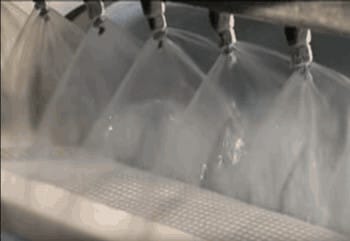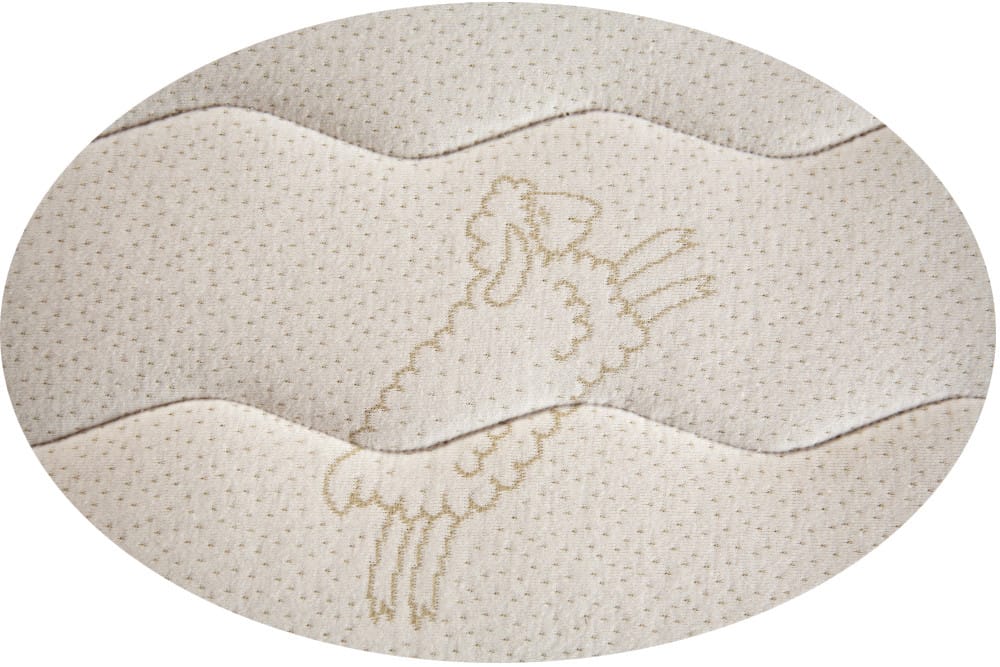Latex Mattress Allergies and Talalay Latex Mattresses
Including a copy of a letter from Latex International/Talalay Global
Why do we at FloBeds love our Talalay Latex Mattress? Because unlike polyurethanes like memory foam, it’s a natural product made from the milk of the rubber tree. However, one question often crops up regarding a latex foam mattress:
Should I be concerned about a Latex Allergy?

Short answer: Probably not.
Latex mattress allergies are not very likely. If you are worried that you might be allergic to a latex mattress, you’re probably worried about developing a rash, allergic contact dermatitis or the more common and less severe irritant contact dermatitis, which can occur after repeated exposure to the skin. A common culprit is the latex glove. However, that allergic reaction is actually happening in response to a protein in the rubber tree, and is no indication of an allergy to the latex foam in a bed.
1) Talalay Latex goes through a sophisticated manufacturing process to produce consistent and supple latex cores. Part of that process is a 5 Stage Washing Cycle, during which most protein residue is rinsed out.
2) In FloBed, the latex is separated from the sleeper by a mattress cover made with an outer layer of two-ply euro-knit cotton quilted to 1 inch of organic wool in the center and another layer of cotton on the bottom of the wool. That’s a lot of protection separating your skin from the latex in our mattresses! And on top of that, many people will add a mattress pad and bed sheet, putting multiple layers between themselves and the latex itself. So, even if you fear you might be allergic to a latex mattress, it is easy to make sure you never come in direct contact with the latex.
If you’re still worried, or if you have a severe latex allergy, we can send you samples of our natural latex.

Letter from Latex International / Talalay Global
2002
Latex is an integral part of every American’s life and has been since the 1920’s. Latex is present in the paint on our walls, the tires we ride on , the underwear and shoes we wear, the balls and balloons our children play with and, yes, the mattresses and pillows we sleep on. In fact, wherever natural rubber products are used generally, latex is present.
Recently, however, the word latex has become associated with another more sinister area, cases of anaphylactic shock causing severe illness or death as a result of allergic reactions to latex. By reviewing the available data a pattern regarding this severe reaction becomes apparent.
The FDA’s studies show that in a four year time frame there were 1,118 recorded cases of latex allergies. Although most of these were simple skin rashes, there were 15 recorded deaths, all from the use of enema retention catheters. The most striking statistic is that all of the 1,118 recorded incidents were from medical applications with products produced in a dipped molding process.
To our knowledge there have been no recorded incidents of any anaphylactic shock from non medical application of latex, whether it be tires, paint, underwear, mattresses or pillows.
What is so different about medical products and the pillows and mattresses you sleep on?
The products that have had the problem have a common theme
- They are produced from 100% natural latex which contains the suspect protein.
- They are produced using the dipped vulcanization process.
- They are often produced in third world countries that do not have the strict GMP manufacturing codes used here in the U.S.
- They were ineffectively washed and the protein remained on the surface.
- They are being used in a medical/skin/body contact situation.
- Latex International products have several major differences
The process to produce open celled foam rubber is completely different from the dipped process used in glove and medical appliance applications.
- We thoroughly wash our natural latex mattresses and pillows in a five stage washer. Even if the protein were present this would remove any remaining traces. The openness of our cells allow this thorough washing, whereas the closed sealed surface of a latex glove or catheter is difficult to wash.
- There is no skin contact by the user with the latex when sleeping on a latex mattress or pillow.In our forty-seven years of latex experience which includes millions of pillows, mattresses and cosmetic sponges in the marketplace, there have been no instances of anaphylactic shock.
- Our latex products have been tested by numerous outside testing facilities and found to be naturally hypoallergenic. Our natural latex mattresses and pillows are 3 times more resistant to dust mites and are naturally resistant to mold and mildew, major contributors to asthma and pulmonary function allergies.
In conclusion, latex allergies in medical applications are concerning and can be solved through proper formulation and processing, but these problems have no bearing on the latex each of us uses in our daily lives. The latex we paint our walls with, we wear in our clothes, drive on, and most importantly, the latex we use to get a better nights sleep, has a long, long track record of safety.
signed:
Jonathan May,
President of Latex International



